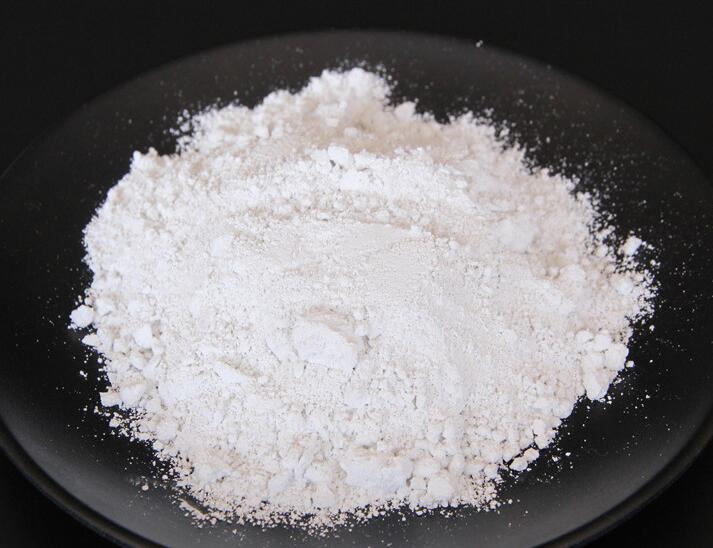Exploring synergistic flame retardancy: the combined effects of IFR and magnesium hydroxide/aluminum in polyolefin composites

In the field of modern materials science, polyolefin composites have attracted much attention due to their wide application prospects. In order to improve the flame retardant properties of these materials, researchers continue to seek effective flame retardant systems. Among them, the synergistic effect of intumescent flame retardant (IFR), magnesium hydroxide (MH) and aluminum hydroxide (ATH) has become a hot research topic. This article will provide an in-depth look at the effects of these additives on the combustion behavior and mechanical properties of polyolefin composites.
1. Significant improvement in flame retardant performance
When IFR is combined with MH/ATH, they exhibit significant synergistic flame retardant effects in polyolefin composites. This effect mainly comes from IFR's ability to promote the formation of a stable carbon layer, while MH/ATH dilutes the oxygen concentration and reduces the material temperature by releasing water vapor. This interaction facilitates the formation of a more continuous and dense carbon layer, thereby improving flame retardant properties.
2. Improvement of thermal stability
Research shows that after adding IFR and MH/ATH, the heat release rate and total heat release of polyolefin composites are significantly reduced. This means that at high temperatures, these materials have better thermal stability and flame retardant properties, providing higher safety guarantees for practical applications.
3. Changes and optimization of mechanical properties
Although the addition of MH/ATH may affect the mechanical properties of the composite, especially causing the material to become brittle and reduce the tensile strength and elongation at break, the interface phase between the filler and the matrix can be improved through surface treatment or the use of coupling agents. capacity, thereby alleviating this problem. In addition, the addition of flame retardants may also increase the rigidity of the material due to the reinforcing effect of fillers, which is manifested by an increase in elastic modulus.
4. Environmental and health considerations
While pursuing flame retardant properties, we must also consider the environmental impact and human health risks of flame retardants. As an environmentally friendly flame retardant, MH/ATH has been widely recognized for its safety. However, it remains critical to assess their environmental impacts and human health risks throughout their life cycle.
5. Future research directions
Future research will focus on the development of green flame retardant technologies to reduce reliance on traditional flame retardants. At the same time, it will be an important research direction to use nanotechnology to improve the dispersion of MH/ATH in polyolefins and further improve the flame retardant and mechanical properties.








